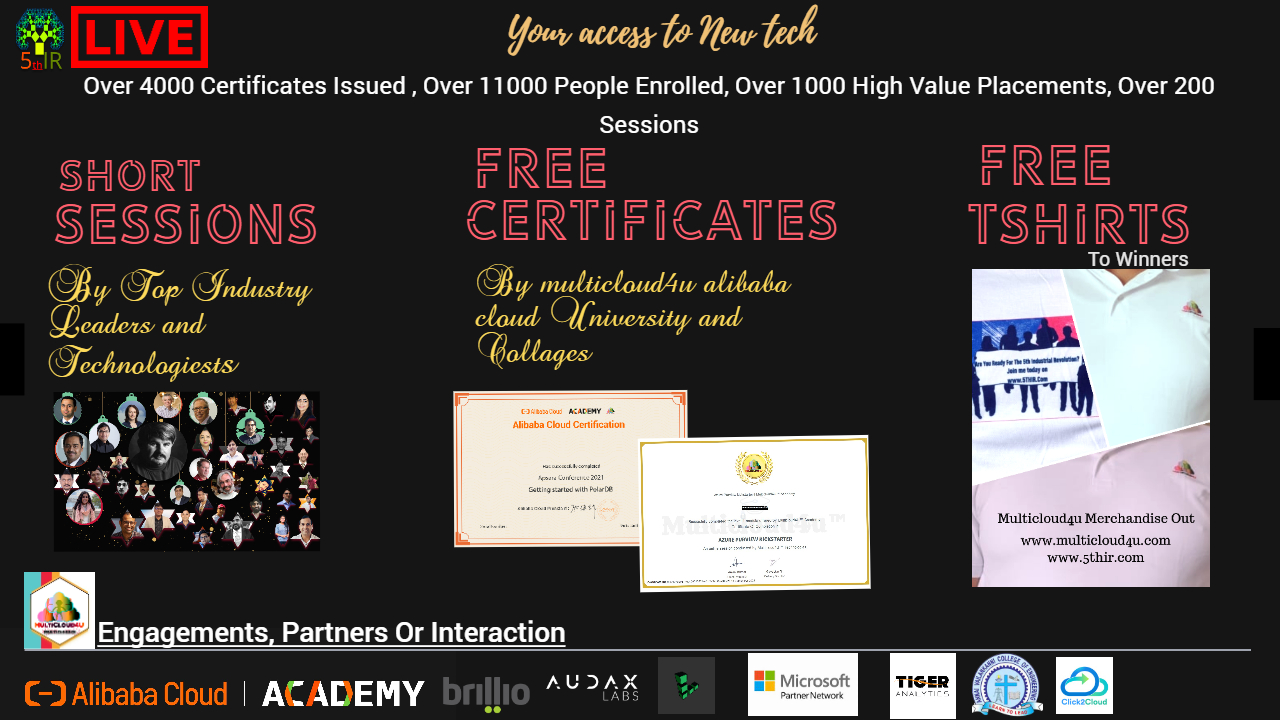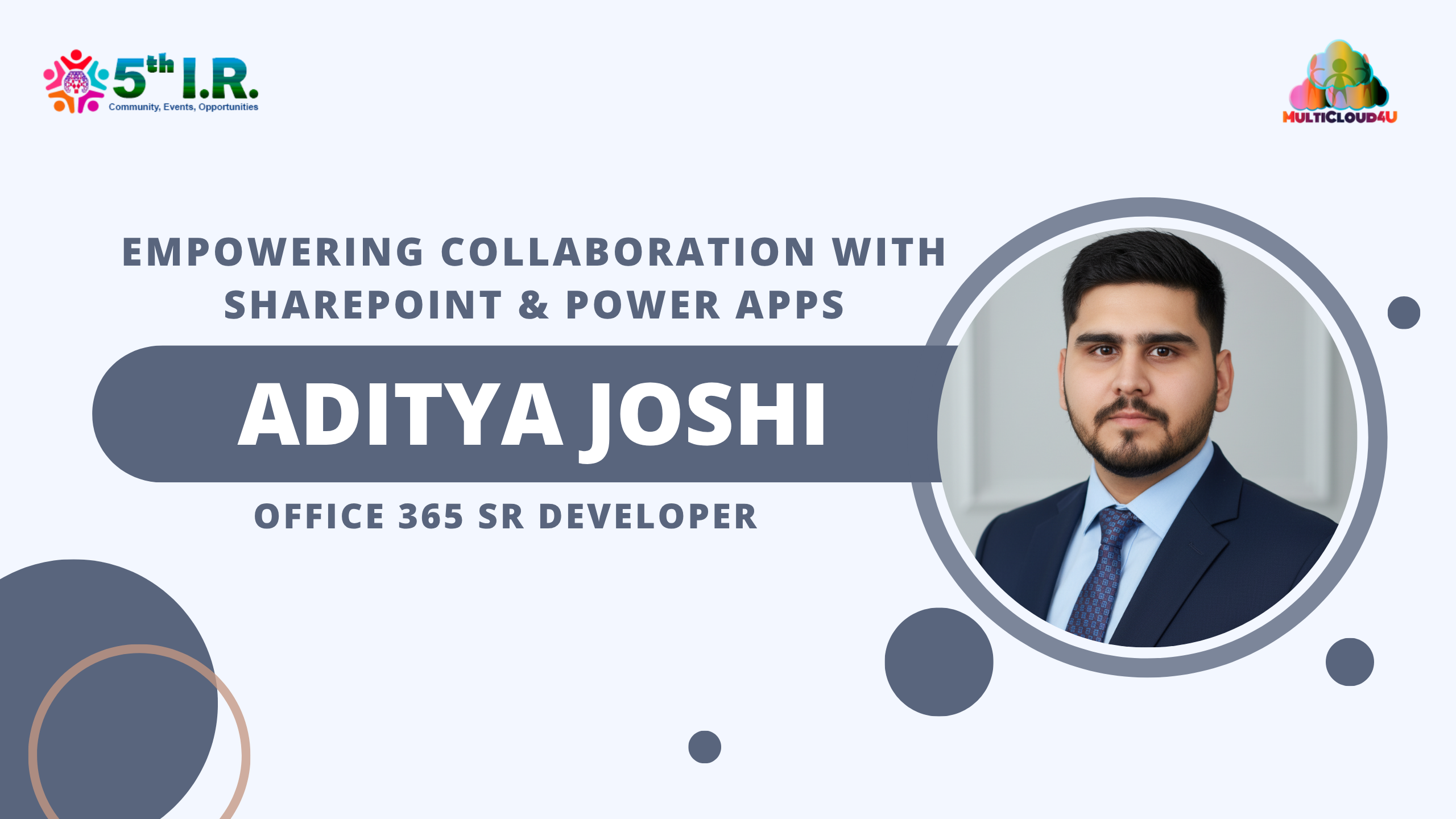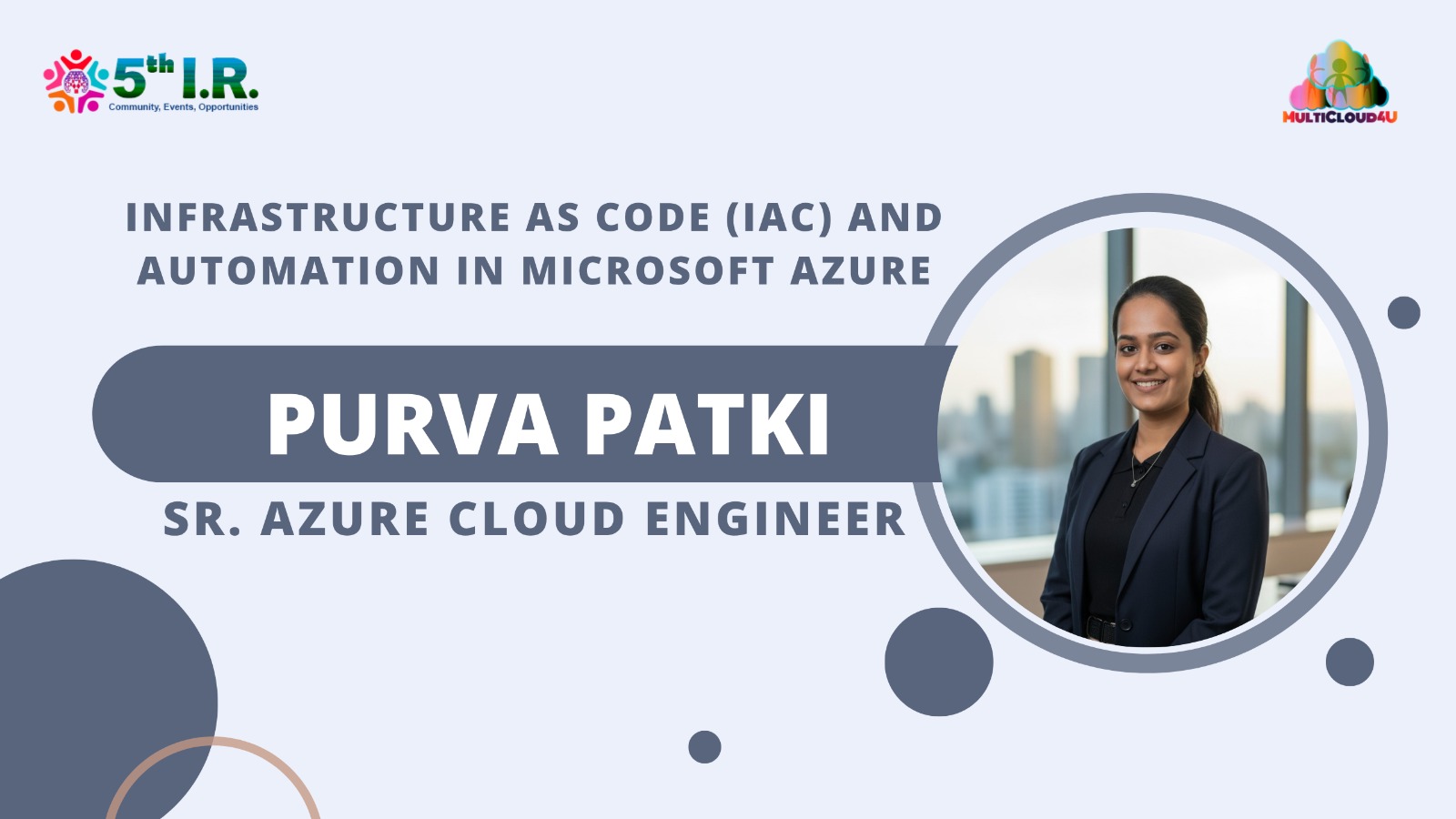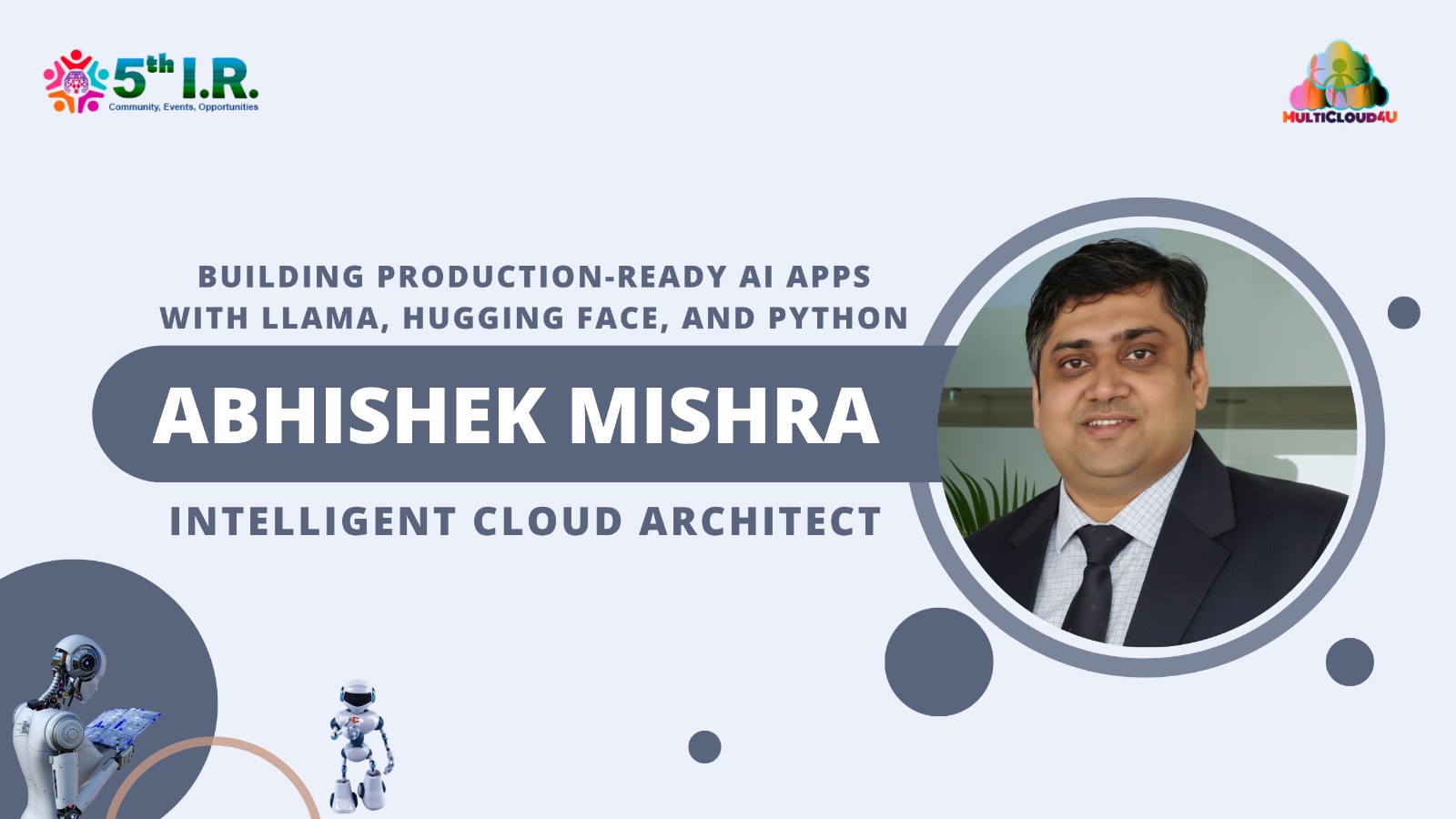Cloud Core Concepts
Course Description:
The course focuses on Azure Infrastructure-as-a-Service (IaaS) aspects and teaches learners how to manage their Azure subscriptions, secure identities, administer the infrastructure, configure virtual networking, connect Azure and on-premises sites, manage network traffic, implement storage solutions, create and scale virtual machines, implement web apps and containers, back up and share data, and monitor your solution. This course helps learners how to gain deep proficiency in Azure Admini...
Show morestration and Infrastructure and get job ready. The learners can use this course to prepare for AZ-104 certification exam.
Course Objective:
The following are the objectives that the student fulfills after successful completion of the course.
• Build competency to manage and administrate Azure Infrastructure.
• Be able to work on real-time cloud-based Infrastructure projects
• Prepare for Microsoft AZ 104 certification exam
• Get Job Ready and crack Azure Interviews
Course Prerequisites:
The participants should be familiar with basic Cloud Fundamentals. Those who are new to Cloud should exclusively call out. They would be given a quick 2 hours refresher on Cloud skills so that they can catch up with the course. This course is intended for Cloud Administrators and Architects or who wish to pick up Infrastructure-as-a-Service track in Microsoft Azure.
Style of Instruction:
• Instructor Guided Online Classroom Training
• Theoretical Illustrations
• Hands On / Demonstrations
• Quiz after each Milestone to gauge student understanding
• Networking and QnA at end of the course
Training Outline:
Day 0: [Optional – New to Cloud] Cloud Core Concepts (2 hours)
• What is Cloud Computing
• Cloud Models
o Public Cloud
o Private Cloud
o Hybrid Cloud
o Differences between Public Cloud, Private Cloud and Hybrid Cloud
• Cloud Service Types
o Infrastructure as a Service (IaaS)
o Platform as a Service (PaaS)
o Software as a Service (SaaS)
o Difference between IaaS, PaaS and SaaS
o Use Cases
• Shared Responsibility Models
• Serverless Computing
• Benefits and Considerations of using Cloud Services
o High Availability, Scalability, Elasticity, Agility, Fault Tolerance and Disaster Recovery
o Principles of Economies of Scale
o Capital Expenditure (CapEx) and Operational Expenditure (OpEx)
o Consumption Based Model
• Architectural Components
o Regions and Region Pairs
o Availability Zones
o Resource Groups
o Subscriptions
o Management Groups
o Azure Resource Manager
o Azure Resources
• Azure Portal & Azure Marketplace
Day 1: Identity (2 hours)
• Azure Active Directory
• Users & Groups
Day 2: Governance and Compliance (3 hours)
• Subscriptions and Accounts
• Azure Policy
• Role-Based Access Control
Day 3: Azure Administration (3 hours)
• Resource Manager
• Azure Portal and Cloud Shell
• Azure PowerShell and CLI
• ARM Templates
Day 4: Virtual Networking (3 hours)
• Virtual Networks
• IP Addressing
• Network Security Groups
• Azure Firewalls
• Azure DNS
Day 5: Inter-site Connectivity (3 hours)
• VNET Peering
• VPN Gateway Connections
• Express Routes and Virtual WAN
Day 6: Network Traffic Management (3 hours)
• Network Routing and Endpoints
• Azure Load Balancer
• Application Gateway
Day 7: Azure Storage (3 hours)
• Storage Accounts
• Blob Storage
• Storage Security
• Azure Files and File Sync
• Managing Storage
Day 8: Azure Virtual Machines (3 hours)
• Virtual Machine Planning
• Creating Virtual Machines
• Virtual Machine Availability
• Virtual Machine Extensions
Day 9: Serverless Computing (3 hours)
• Azure App Service Plans
• Azure App Services
• Container Services
• Azure Kubernetes Services
Day 10: Data Protection (3 hours)
• Files and Folders Backups
• Virtual Machine Backups
Day 11: Monitoring (3 hours)
• Azure Monitor
• Azure Alerts
• Log Analytics
• Network Watcher
Day 12: Student Networking and Wrap up (2 hours)
• Final Quiz
• Networking & Wrap up
View Recording
You can share it with others






